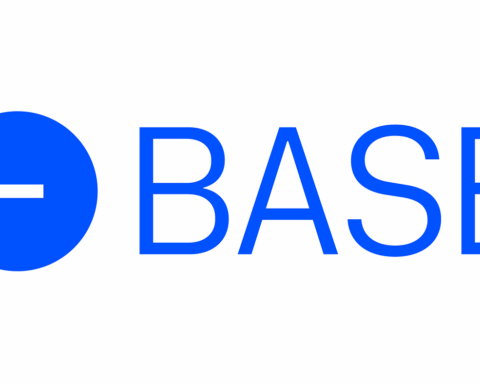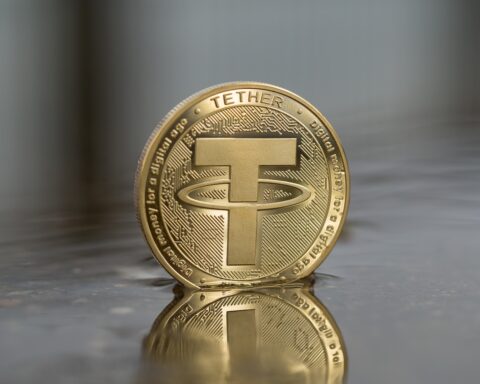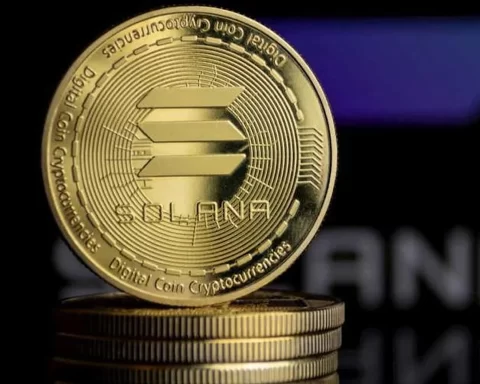To say Bitcoin has dominated the crypto headlines of late would be an understatement. Even setting aside the SEC’s landmark approval of multiple spot bitcoin exchange-traded funds (ETFs) in January, BTC enthusiasts have had plenty to celebrate with the asset’s value growing by almost 15% in the last fortnight.
With the fourth quadrennial Halving coming up, Bitcoin’s Layer-2 ecosystem is also enjoying a moment in the sun, smashing several significant milestones that underscore the appeal of solutions built on Satoshi’s network. At long last, supporters of the blockchain have more than the “digital gold” narrative to trumpet: Bitcoin-based DeFi solutions are proving a smash hit.
Bitcoin L2 Comes of Age
As with Ethereum, Layer-2s on Bitcoin run atop the main chain with the goal of increasing its capacity to process transactions. These auxiliary networks, and the dApps they support, essentially build out the architecture of Bitcoin and broaden the appeal of its ecosystem.
When DeFi took off in 2020, Ethereum activity exploded and a number of Layer-2s (Arbitrum, Optimism etc) subsequently appeared offering superior throughput, lower costs, chain specialization, and dApp utility. The idea that Bitcoin L2s could follow a similar trajectory is undeniably appealing to BTC maxis.
Although Bitcoin L2s are at a much earlier stage than the preponderance we see on Ethereum, they are growing at a rapid rate. Payments on the Lightning Network, one of the best-known L2 solutions designed to lighten the load on the main chain, have grown by over 1200% in two years. Recent hype around BTC has also seen other significant developments.
Stacks, a Layer-2 network enabling smart contracts and dApps to use Bitcoin as a secure base layer, has been one of the big winners. The Total Value Locked (TVL) on Stacks surpassed all-time highs in January, peaking at $63 million on the day the ETFs were green-lit. Another L2 project, Rootstock, also hit its highest TVL in two years.
The feel-good factor extends to solutions anchored to L2s, like StackingDAO, a liquid staking protocol operating on Stacks. In just a month, the project became the second-largest DeFi protocol on Stacks by TVL, with over 10 million $STX tokens locked.
BitFlow, a native Bitcoin DEX, has also announced $2m TVL in its $stSTX LSD pool. Liquid staking derivatives – which let users access the liquidity of staked tokens that would otherwise be locked in a smart contract – was a major trend last year, with Lido becoming the single biggest defi dApp on Ethereum.
Given how many bitcoiners simply hodl their satoshis, LSDs – which let them stake for yield and put their capital to use in DeFi – could end up at the center of a veritable BTC L2 boom.
The recent uptick in Layer2 activity on the Bitcoin network is a sight to behold. The emergence of projects that advance the network’s utility through sophisticated L2 solutions seems destined to unlock new BTC use cases and accelerate demand for digital gold. If Bitcoin-based L2s can replicate those that spawned from Ethereum, the next 18 months will prove very interesting.




